The new CCIE Enterprise Infrastructure certification has been tailored to capitalize on the knowledge gained at the new CCNP level. The accreditation certifies your end-to-end lifecycle skills in complex enterprise networks, from planning and design through operation and optimization.
Table of Contents
Is the Cisco Certified Internetwork Expert Enterprise Infrastructure Certification Right for You?
The CCIE EI is an essential tool for networking professionals who want to be prepared for expert-level career prospects. Earning a CCIE EI, one of the most respected certifications in the industry, shows you as informed, driven, and a leader among your peers.
Can a CCIE IE Certification boost salary and career?
You will be qualified for unique, lucrative, and fascinating employment options as a certified CCIE EI professional.
Cisco’s CCIE Credential is often regarded as the highest-paying IT certification in the world. According to Payscale, the average compensation for a CCIE qualified employee is $128K, with Network Engineers getting $101K, Sr. Network Engineers receiving $121K, and Network Architects making $140K. Check more: How to Boost Your IT Salary with Cisco Certification
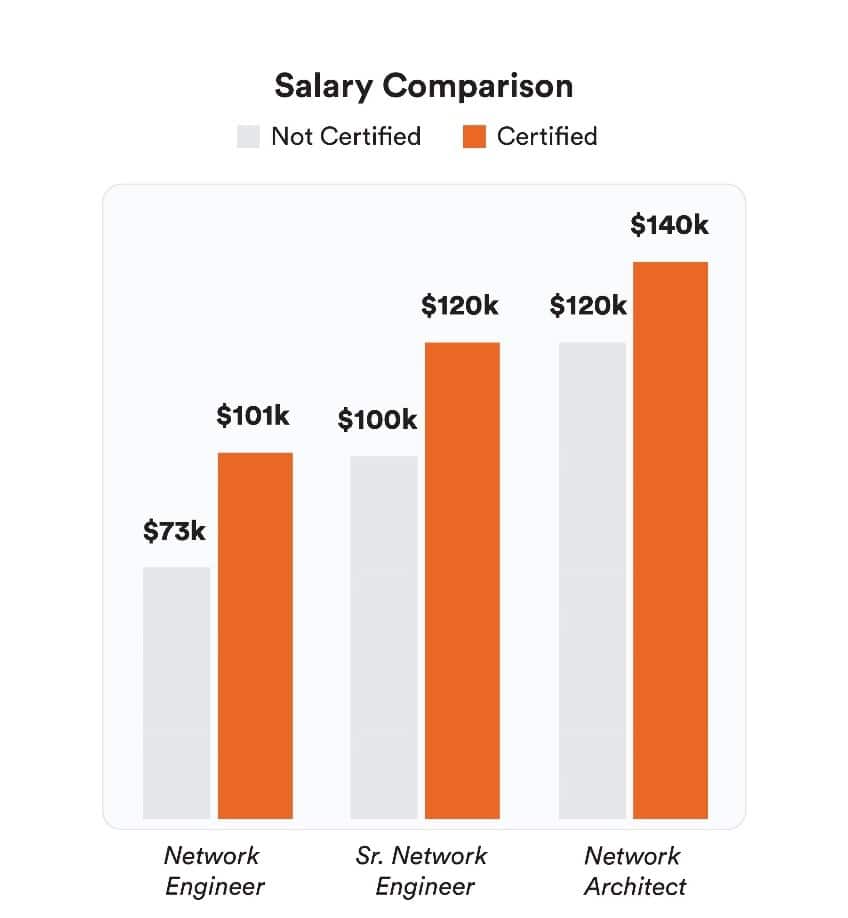
As no financial industry can thrive today without a solid technological base, certified professionals will always be in demand and find jobs in any field. This leads to tremendous professional advancement due to the relationships you’ll build, the employment accessible, and the developing IT problems that lie ahead.
| Categories | Exam Code | Pass Exam Dumps |
|---|---|---|
| CCIE | CCIE EI Lab | |
| CCIE DC Lab | ||
| CCIE Sec Lab | ||
| CCIE SP Lab |
How to get CCIE Enterprise Infrastructure certification?
You must pass two exams to get the CCIE Enterprise Infrastructure certification:
• The Implementing Cisco Enterprise Network Core Technologies (350-401 ENCOR) qualifying exam tests your understanding of enterprise infrastructures, such as dual-stack (IPv4 and IPv6) architecture, virtualization, infrastructure, network assurance, security, and automation.
• The CCIE Enterprise Infrastructure v1.0: 8-hour hands-on lab test covers the whole lifespan of complex enterprise networks, from design and deployment to operation and optimization.
To become a CCIE, you must take and pass your lab exam within three years of passing your core exam.
Prerequisites
Although there are no formal requirements, candidates should have five to seven years of expertise in building, deploying, running, and improving business networking technologies and solutions.
| REQUIRED EXAMS | Recommended Training Courses & Study Materials |
|---|---|
| 350-401 ENCOR | 350-401 Exam Dump |
| CCIE Enterprise Infrastructure v1.0 Lab Exam | SPOTO CCIE EI v1.o Training |
Download Free Cisco 350-401 Exam Demo and Practice Tests PDF
Breakdown of the CCIE Enterprise Infrastructure Lab Exam
The CCIE Enterprise Infrastructure (CCIE EI) Lab exam is a tough journey for most candidates. It takes a long time and covers a wide range of topics. Let’s take a look at the syllabus first.
Syllabus for the CCIE Enterprise Infrastructure (CCIE EI) Lab:
1. Network Infrastructure 30%
2. Software Defined Infrastructure (SDI) 25%
3. Transportation Technologies and Solutions 15%
4. Infrastructure and Service Security 15%
5. Infrastructure Automation and Programmability 15%
Passing the 350-401 Encore exam is currently the only requirement for taking the CCIE Enterprise Infrastructure (CCIE EI) lab exam. Besides, once you pass the ENCOR exam, you can take a Concentration exam like ENARSI, SD-WAN, ENAUTO, or Design to acquire a full CCNP Enterprise Certification.
| Categories | Exam Code | Pass Exam Dumps |
|---|---|---|
| CCNP Enterprise | 350-401 ENCOR | |
| 300-410 ENARSI | ||
| 300-415 ENSDWI | ||
| 300-420 ENSLD | ||
| 300-425 ENWLSD | ||
| 300-430 ENWLSI | ||
| 300-435 ENAUTO |
So, let’s discuss the lab exam format. Instead of three modules as in the previous CCIE Route & Switch exam, the new exam contains two modules. The first module is three hours long, while the second module is five hours long. This adds up to a total of eight hours.
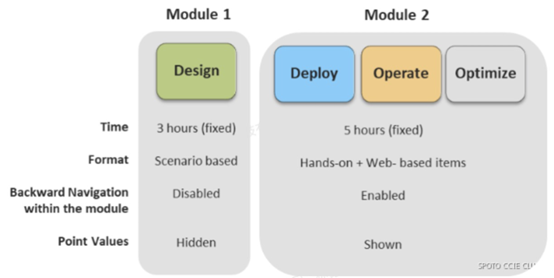
You also like: Breaking News: How SPOTO Candidates Pass CCIE EI Lab Again?
Module 1: Design
The first module is the design module. The design module is three hours long and is arranged as what Cisco refers to as a progressive storyline. That implies it will change and evolve as you progress.
Based on your responses, the design module will offer you a topology, some sketches of that important background information, and even emails. Which I thought was very fantastic, and you’ll be assigned to a certain function like a consultant or internal corporate administrator. This will be a scenario-based section. In this module, you will not be configuring anything. This will include features such as drag and drop, multiple-choice, and single-choice. Everything you’re used to seeing on a standard Cisco exam is available as a drop-down menu. As with all of those exams, there is no backward navigation allowed, so once you respond, you must continue on. You can now access Cisco’s online documentation.
If you’re familiar with the CCIE exam, you’ll know that this is the only support tool permitted throughout the exam. It’s also worth noting that the search option is turned off throughout the exam. As a result, you should be comfortable navigating the support material. You can, however, use your browser’s search function to search through a document for a specific keyword if necessary. Remember any configuration examples from the online documentation that will not be available during the exam. They’re fantastic for studying, but don’t expect to use them for the exam.
Module 2: Deployment, Operation, and Optimization
Following the design module, we proceed onto a five-hour Deploy, Operate, and Optimize block. That is the module’s name. There are only a few distinctions between this module and the design module. First and foremost, you will be given all of your objectives as well as all of your resources right away. Backtracking is permitted here. Before the exam, you can view the entire question. Unlike the first module, this portion does not follow the progressive plot norm.
In this module, you will construct a network that is quite similar to the one you constructed in the previous module. That’s a significant difference from our prior exam, which consisted of three different sections. In the new exam, separate topologies could be used for each of those components. You’ll have a single unified topology that you’ll use throughout the eight-hour exam. Which I believe is incredibly beneficial in terms of just getting your head around what’s going on. Having said that, it may not be exactly identical to your design, but they promise that the architecture, diagram, IP addresses, and services employed will all be the same. This module will include a few web-based questions. But, for the most part, this is going to be a configuration, and it will look quite similar to any Cisco configuration exam segment.
In order to pass the exam, the individual must pass both courses separately. They fail the exam if they do not acquire a minimum pass score in one module. Candidates who fail the examination are given a score report that shows which modules they passed and which they failed. Candidates who pass the exam are given a cumulative score of % for each domain across both modules.
Recertification
Recertification shows you and your employer that you have kept up with current technological advances and have confirmed your skills at the difficult level of the first certification exam. All certifications will require recertification every three years. Check How can I get my CCNP and CCIE recertified for details
• Pass any one expert-level certification exam
• Pass any one CCIE lab exam
• Pass any three professional concentration exams to recertify
• Pass one of the technological core exams and one of the professional concentration exams. (If completed in the same track, this also counts as a CCNP certification.)
• Accumulate 120 Continuing Education Credits.
Conclusion
Last but not least, you can use SPOTO CCIE EI lab study materials to assist you in preparing for the CCIE Enterprise Infrastructure (CCIE EI) Lab exam. Also, you may require the tips and tactics to pass the CCIE lab, which will be published in the post tomorrow! Follow us to find out more!
Latest CCIE Pass Report
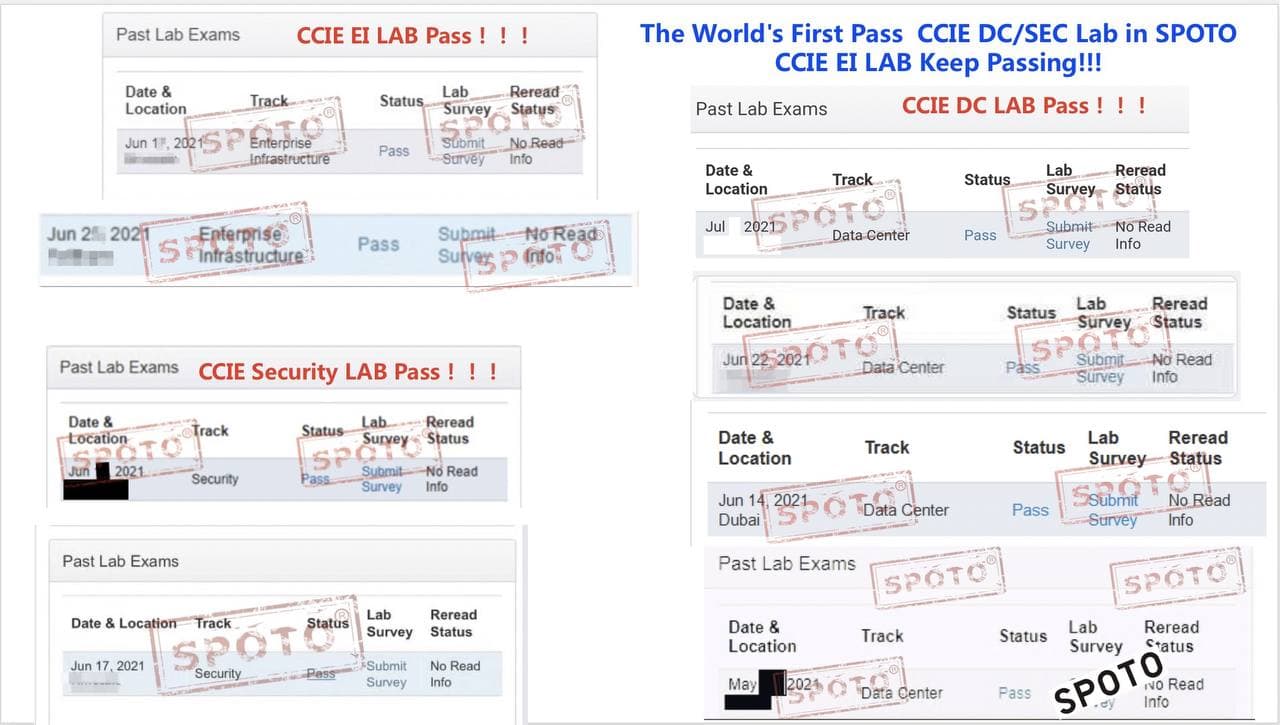
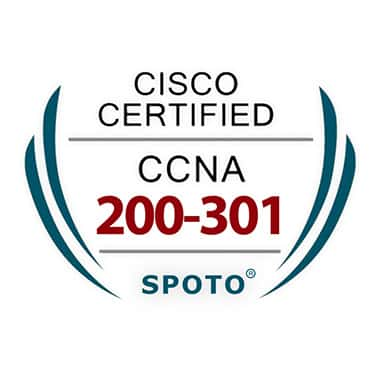
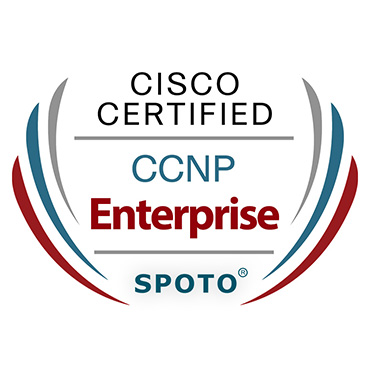
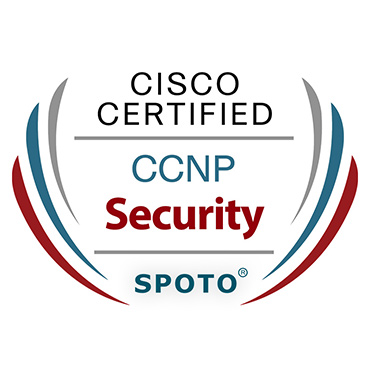
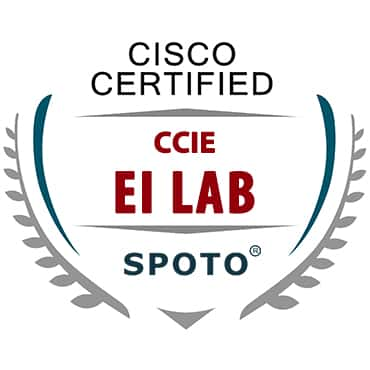
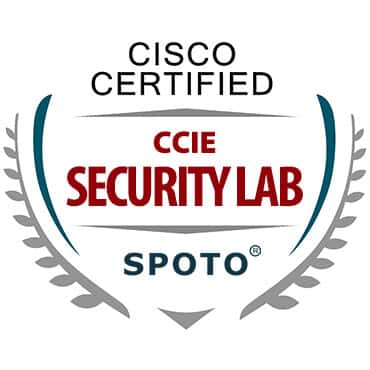
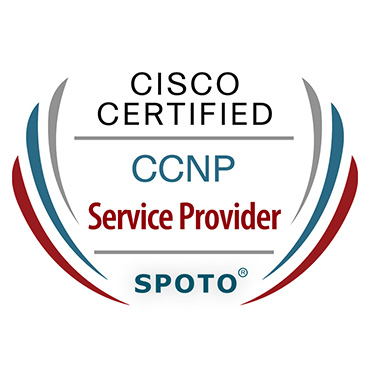
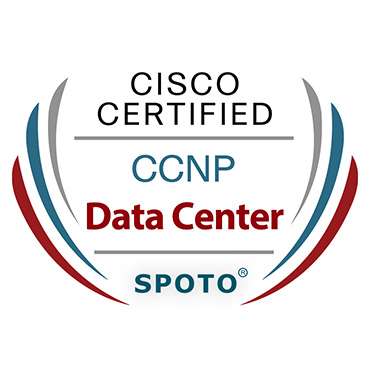
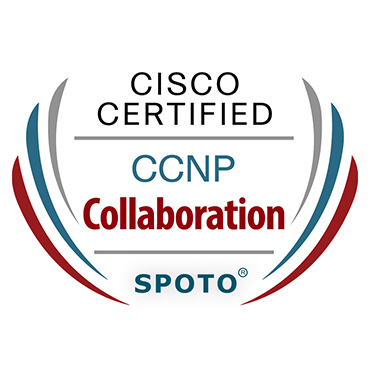
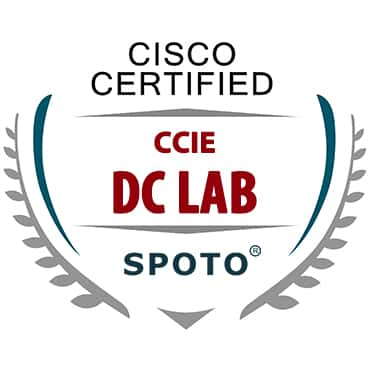





Comments